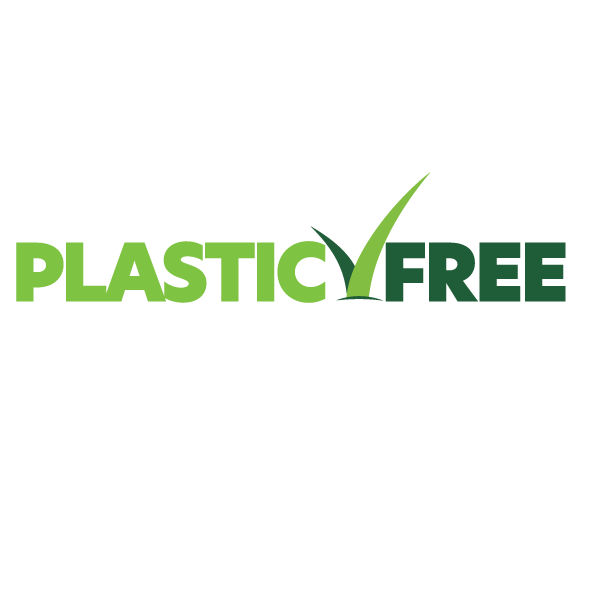All Turf Is Not The Same
Plastic-Free – All turf is not the same
There are those that will have you believe that all turf is the same. It is not.
When it comes to creating the perfect green lawn, many homeowners and landscapers turn to pre-grown turf rolls for an instant, lush finish. But beneath that smooth carpet of grass, there’s often an unseen component that is sparking debate – plastic netting.
Plastic netting is frequently embedded in turf rolls during production. It is usually made from polypropylene or nylon. Its primary purpose is to hold the grass together during harvesting and transportation, keeping the turf intact and easy to install. The netting reinforces the root system, allowing farms to harvest turf sooner, when the roots haven’t had time to knit together fully. It makes the turf stronger for handling and reduces breakage, which saves time and money.
But while plastic netting serves as a short-term convenience, it has long-term environmental and practical impacts.
Environmental Hazard: Once laid, the plastic netting remains in the soil. Over time, it breaks down into microplastics, which can leach into waterways, harm soil microbiomes, and enter the food chain. This netting is not biodegradable in any realistic sense and can persist in the environment for decades.
Wildlife Risk: The netting can entangle birds, small mammals, and insects. Plastic mesh may also hinder earthworms which will in turn affect soil health.
Maintenance Issues: Gardeners and homeowners who aerate their lawns or undertake lawn renovations may find their tools getting caught in the mesh. Over time, the netting may work its way to the surface, becoming an eyesore and a trip hazard.
Undermining Sustainability Goals: As individuals and businesses aim to be more environmentally conscious, using plastic-laced turf contradicts sustainability efforts, especially for eco-focused developments commercially, at home, in schools or in public spaces.
But plastic netting is not essential – Harrowden does not use plastic netting on any of its lawn turf varieties. We grow turf on some of the best soils in the UK. The turf is strong enough to maintain its structure on its own.
We are not alone. Some growers are now producing turf without plastic reinforcement. These plastic-free options are typically more mature, meaning the roots are stronger and better developed, naturally holding the turf together. Though these may cost slightly more or be harder to transport, the environmental and practical benefits far outweigh the downsides.
In developments where time allows, seeding a lawn rather than laying turf can be the most eco-friendly option and we have a wide range of grass and wildflower seed options. Modern seed blends grow quickly, and methods like hydroseeding can support fast establishment without the use of plastics.
But if turf is required then choosing suppliers committed to sustainable practices can make a significant difference. So, whether you’re a homeowner, landscaper, or urban planner, choosing net-free or seeded lawns is a small change that will contribute to a healthier, greener future.

Have a Question?
If you would like to talk over your plans or discuss a bespoke seed mix or turf application please get in touch.
